Tiger Lily (Mix Color) (Lilium Lancifolium) – Bulbs (Set of 5)
Note: Images are for reference purposes only. Actual product may vary in shape, height, appearance depending on climate & age etc.
₹ 210.00 Original price was: ₹ 210.00.₹ 200.00Current price is: ₹ 200.00.
Out of stock
The Tiger Lily (Lilium Lancifolium), a symbol of vibrancy and strength, is a striking and exotic flowering plant that will infuse your garden with a burst of color. Known for its bold, tiger-patterned petals, the Tiger Lily mix features an assortment of vivid colors, including shades of orange, yellow, red, and pink. Each flower is characterized by spotted petals, creating a stunning contrast that looks just like the markings of a tiger – making it an ideal addition to any flower bed, border, or container garden.
This product set includes 5 Tiger Lily bulbs, giving you everything you need to create a dazzling floral display. Whether you plant them in garden beds, containers, or cut flower arrangements, the Tiger Lily’s unique color mix and elegant structure will add a touch of exotic beauty to any outdoor or indoor space.
Key Features:
- Bold and Vibrant Blooms: The Tiger Lily’s flowers come in a beautiful mix of colors, including rich orange, yellow, red, and pink hues, each adorned with distinctive dark spots on the petals, giving it a bold and eye-catching appearance.
- Exotic Appearance: The upward-facing, trumpet-shaped flowers of the Tiger Lily have a unique funnel-like shape that creates a striking silhouette, making it a perfect focal point in any garden.
- Hardy and Easy to Grow: Despite its dramatic appearance, the Tiger Lily is surprisingly easy to grow and can thrive in a variety of soil types, making it a great choice for gardeners of all experience levels. It’s also cold-hardy and can withstand colder climates, making it suitable for most regions.
- Height and Elegance: These lilies can grow to 3 to 4 feet (90-120 cm) tall, making them an excellent choice for creating height and drama in garden beds or as a vertical accent in your landscape.
- Perfect for Pollinators: Tiger Lilies attract bees, butterflies, and hummingbirds, making them a fantastic choice for gardeners looking to support local pollinators and wildlife.
- Ideal for Borders, Beds, and Containers: Whether planted in flower borders, used as a statement plant in containers, or displayed as a cut flower in vases, Tiger Lilies are versatile and adaptable to any gardening space.
Care Instructions for Tiger Lily (Lilium Lancifolium):
- Planting Location: Choose a sunny spot with at least 6 hours of direct sunlight per day for your Tiger Lilies. They thrive in full sun but can tolerate light shade, especially in hotter climates. Select a well-draining area that has good air circulation, as this will help prevent the growth of diseases and keep the plant healthy.
- Soil Requirements: Tiger Lilies prefer loamy, well-draining soil with a slightly acidic to neutral pH (pH 6.0 to 7.0). They will not thrive in soggy, compacted soil, so it’s important to amend heavy clay soil with organic matter like compost or sand to improve drainage. Ensure the soil is rich in nutrients to support healthy growth, especially if planting them in containers or raised beds.
- Planting Depth and Spacing: Plant the bulbs about 6 inches deep (15 cm), with the pointed end facing upwards. Space the bulbs 6-12 inches (15-30 cm) apart to allow for proper growth and air circulation. Planting them in clusters or small groups can create a dramatic and colorful floral display when they bloom.
- Watering: Water the Tiger Lilies immediately after planting and keep the soil moist but not waterlogged during the growing season. Avoid overwatering, as lilies do not like to sit in standing water. During the growing season, water once a week or as needed to maintain soil moisture. Reduce watering as the plant begins to die back in the fall. Allow the soil to dry slightly between waterings, and ensure proper drainage to avoid root rot.
- Temperature: Tiger Lilies are cold-hardy and can tolerate a wide range of temperatures, thriving in zones 3-9. They prefer cool to moderate temperatures, ideally between 60°F and 75°F (15°C – 24°C). Avoid planting them in regions where temperatures consistently exceed 90°F (32°C), as this may cause stress to the plant. Tiger Lilies generally prefer cooler climates but can adapt to mild heat if provided with enough water and shade during the hottest parts of the day.
- Fertilization: For optimal growth, feed Tiger Lilies with a balanced, slow-release fertilizer in the spring as new growth begins. Use a fertilizer that is higher in phosphorus to encourage strong root development and vibrant blooms. Avoid using excessive nitrogen, as it can lead to excessive leafy growth at the expense of flowers.
- Mulching: Apply a layer of mulch around the base of the plant to help retain moisture, regulate soil temperature, and prevent weed growth. Mulching also helps keep the soil consistently moist without overwatering.
- Pruning and Deadheading: After the flowers have faded, remove the spent blooms (deadheading) to encourage the plant to put energy into root growth rather than seed production. Cutting off dead or wilted flowers can also improve the plant’s appearance. Leave the foliage intact until it naturally dies back in the fall. This helps the plant store energy for the next growing season. In the fall, cut back the plant’s stems to ground level once the leaves turn yellow or brown.
- Winter Care: In cold climates, apply a thick layer of mulch to protect the bulbs during the winter months. This helps insulate the soil and prevents the bulbs from freezing. Tiger Lilies are winter-hardy and will return in the spring if properly cared for. However, in areas with extremely harsh winters, you can dig up and store the bulbs until the next planting season.
Frequently Asked Questions (FAQ)
Q: How deep should I plant my Tiger Lily bulbs?
A: Plant the bulbs about 6 inches deep (15 cm) with the pointed end facing upward. Space each bulb about 6-12 inches apart (15-30 cm) for proper growth.
Q: How often should I water Tiger Lilies?
A: Water the bulbs thoroughly after planting. During the growing season, water once a week or when the soil feels dry to the touch. Avoid overwatering, as lilies prefer moist but well-drained soil.
Q: Can I grow Tiger Lilies in pots or containers?
A: Yes, Tiger Lilies can be grown in large containers as long as the pot has good drainage. Make sure the soil is well-draining and nutrient-rich for optimal growth.
Q: Will my Tiger Lilies come back every year?
A: Yes, Tiger Lilies are perennials, meaning they will return year after year if cared for properly. In colder climates, mulch around the base of the bulbs in winter for protection.
Q: Do Tiger Lilies need full sun to grow?
A: Yes, Tiger Lilies prefer full sun for at least 6 hours a day. They can tolerate partial shade, but they may not bloom as profusely in lower light conditions.
Q: How can I prevent diseases or pests on my Tiger Lilies?
A: Tiger Lilies are generally resistant to pests and diseases, but ensure they are planted in well-drained soil with good air circulation. Keep the area free of weeds and dead plant material, and inspect the plants regularly for common pests like aphids and spider mites.
| sunlight | Full Sun to Partial Shade |
|---|---|
| watering | Medium |
| soil | Well-drained loamy soil |
| temperature | 15 to 27 °C |
| 5 | 0 | |
| 4 | 1 | |
| 3 | 0 | |
| 2 | 0 | |
| 1 | 0 |
Only logged in customers who have purchased this product may leave a review.
All the orders will be dispatched within 4-6 working days. Most of the orders are delivered within 4-5 working days from the date of shipping. All orders will be dispatched at the beginning of the week. These may be subject to change in special circumstances, such as public holidays, festive seasons and in case of high orders.

The plants may look a little dull due to transit stress. Exposure to the sun and proper watering will restore the plants to their natural health.

Related Products
Note: Images are for reference purposes only. Actual product may vary in shape, height, appearance depending on climate & age etc.
In stock
Note: Images are for reference purposes only. Actual product may vary in shape, height, appearance depending on climate & age etc.
Out of stock
Note: Images are for reference purposes only. Actual product may vary in shape, height, appearance depending on climate & age etc.
Out of stock
Note: Images are for reference purposes only. Actual product may vary in shape, height, appearance depending on climate & age etc.
Out of stock

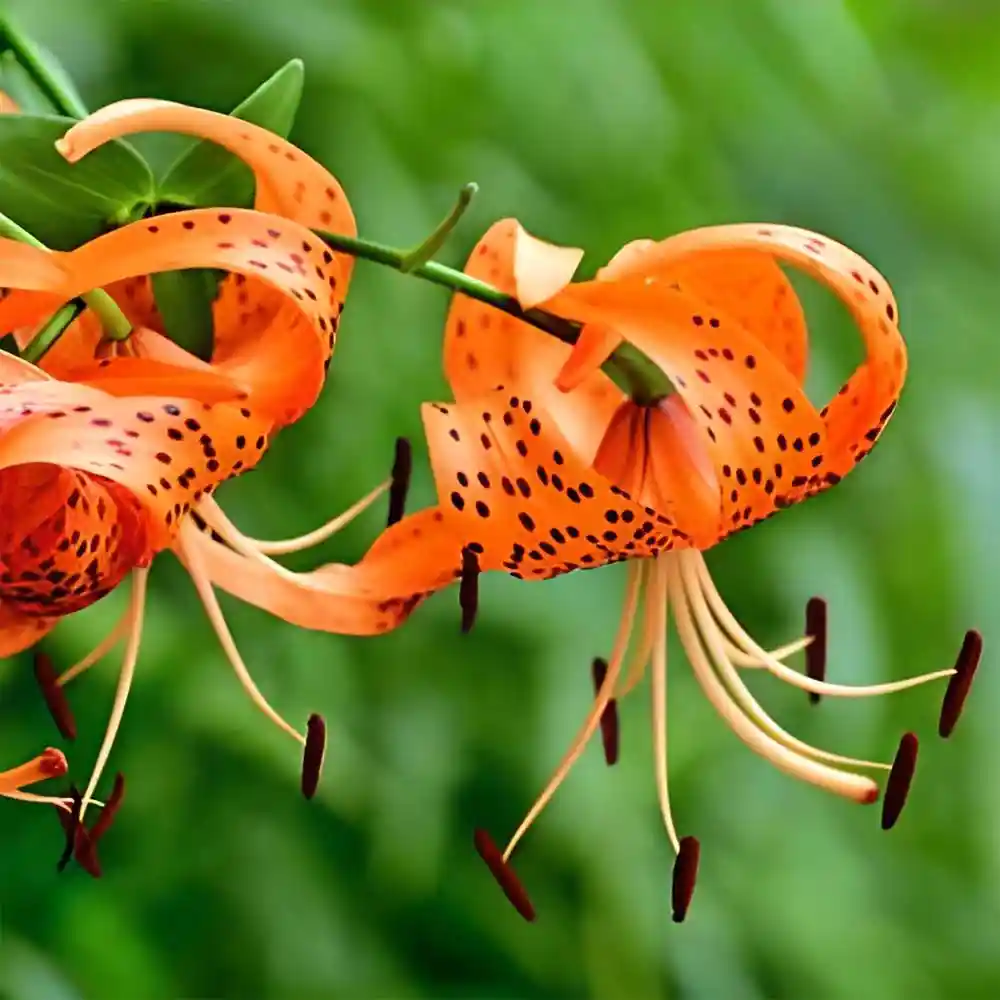


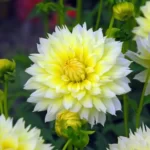
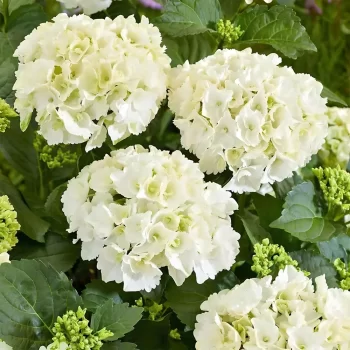
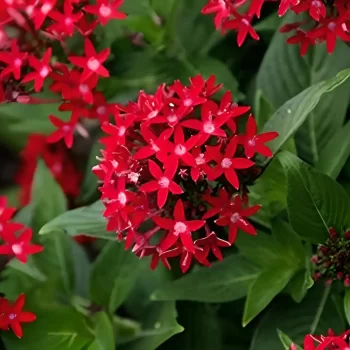
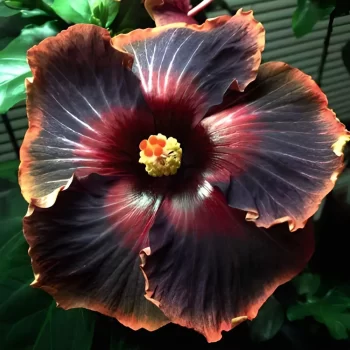
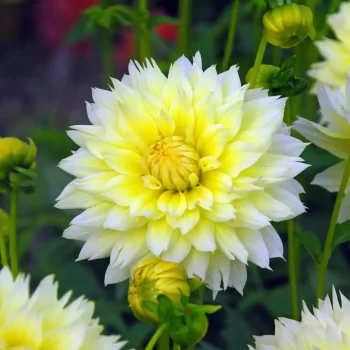

Mahesh (verified owner) –
good
[...]